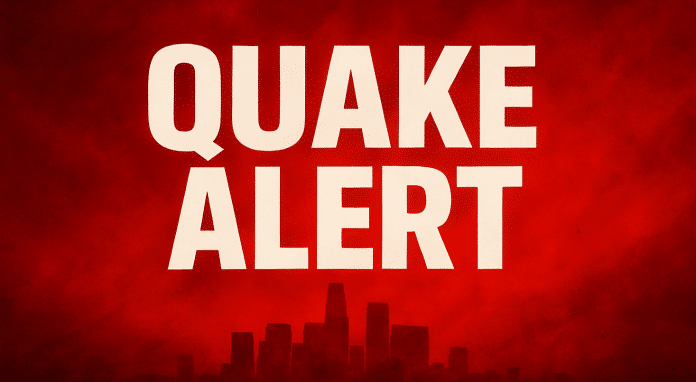New York, NY – Early Sunday morning, residents across New York City and northern New Jersey were jolted awake as a magnitude 3.0 earthquake struck near Hasbrouck Heights, New Jersey, sending a wave of surprise and concern through the densely populated metro region. More than 9,600 people submitted “felt reports” to the US Geological Survey within hours, marking one of the most widely reported earthquakes in the New York City area in recent years.
According to the US Geological Survey, the quake struck just after 2:15 a.m. local time at a shallow depth of 10 kilometers, with the epicenter located less than a mile northeast of Hasbrouck Heights in Bergen County. While moderate in size by global standards, the tremor was powerful enough to be felt across Manhattan, the Bronx, Queens, parts of Brooklyn, and into Westchester County, as well as throughout Bergen, Passaic, and Hudson counties in New Jersey. Emergency services in both states reported a spike in calls, with many residents describing a sudden jolt, rattling windows, and swaying buildings.
The source of Sunday’s earthquake is what geologists call “intraplate faulting”—fault movement occurring well within the interior of the North American tectonic plate rather than along a plate boundary. Experts say this type of earthquake, though infrequent, is not unexpected for the region. The crust beneath the New York metro area contains a complex network of ancient faults that occasionally reactivate, often without warning. According to the USGS, efficient seismic wave propagation through the eastern U.S. bedrock means even small earthquakes can be felt over a wide area.
“This event is a reminder that the New York City area is not immune to earthquakes, despite being far from the edges of the continent,” said the USGS National Earthquake Information Center. “Even relatively modest earthquakes can be widely felt due to the geology of the region.”
Though damage from the 3.0 earthquake appears minimal, local officials urge caution. Buildings, bridges, and transit infrastructure were briefly inspected as a precaution. No serious injuries or major damage had been reported as of early Sunday. Still, New York City’s Office of Emergency Management and New Jersey’s state emergency officials recommended residents remain alert for possible aftershocks, though significant shaking is considered unlikely.
Earthquakes in this region remain rare but not unprecedented. Last year, a magnitude 4.8 earthquake rattled parts of New Jersey near Tewksbury, roughly 60 kilometers from Sunday’s epicenter. Scientists stress that while there is no direct link between the two events, both highlight the area’s hidden seismic risks.
Residents are encouraged to review basic earthquake safety: secure heavy objects, know safe spots away from windows, and keep emergency supplies on hand. Experts emphasize that most quakes in the area are minor, but preparation remains key.
The USGS continues to monitor the region for further seismic activity. For now, warnings remain in effect for minor aftershocks through early Monday.




